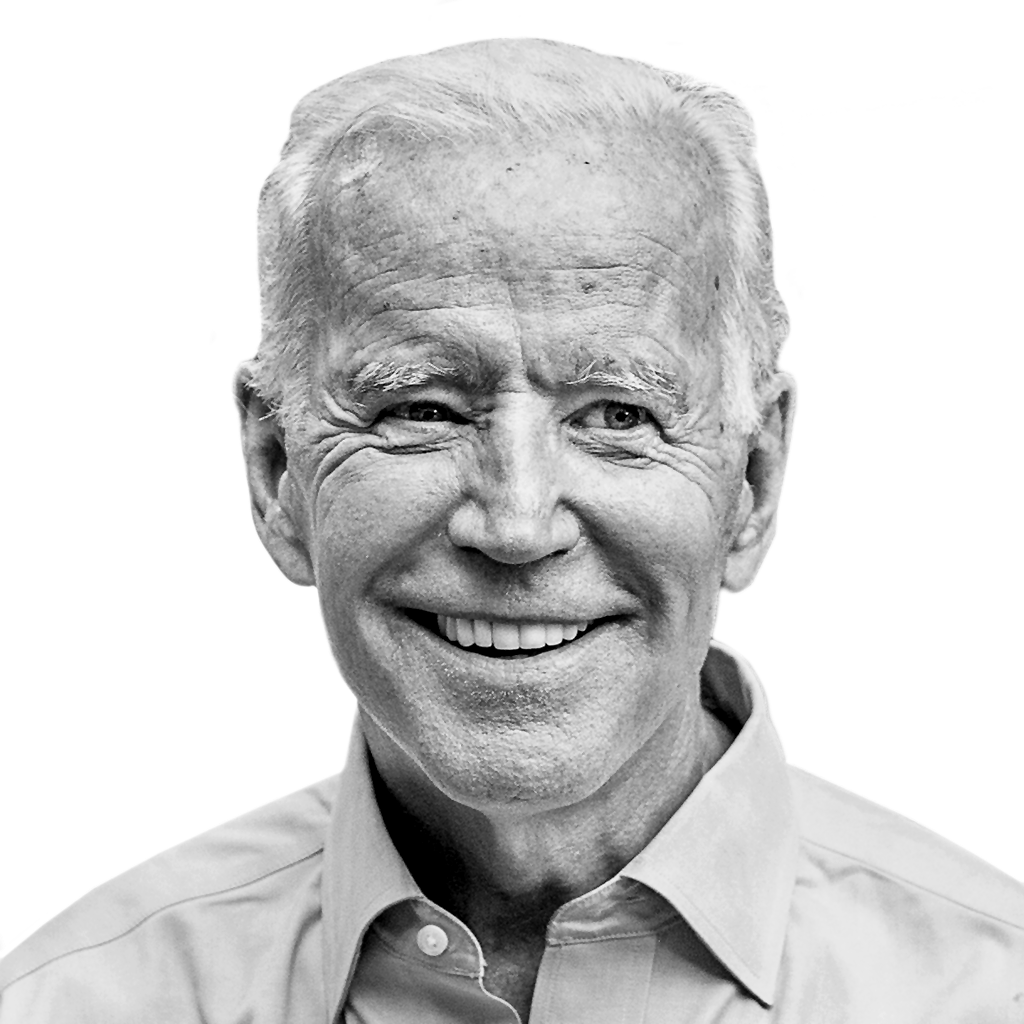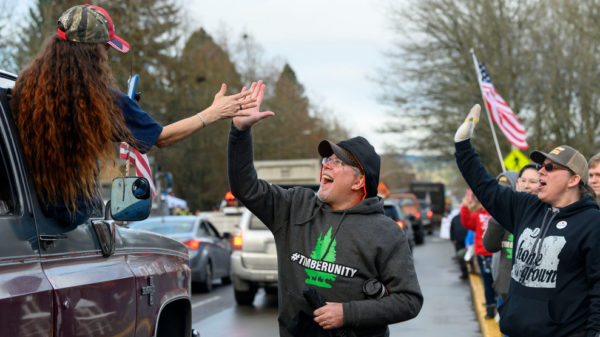Advertisement
On Politics With Lisa Lerer
Bernie Sanders said lots of new voters would show up and vote for him on Tuesday. He was half right.
Hi. Welcome to On Politics, your guide to the day in national politics. I’m Lisa Lerer, your host.
Sign up here to get On Politics in your inbox every weekday.

As he campaigns across the country, Senator Bernie Sanders of Vermont promises that he will beat President Trump by bringing new voters into the Democratic Party.
That promise is a core argument for his candidacy, and one he repeated last night to a crowd of supporters in his home state as the Super Tuesday results rolled in:
We’re going to win because the people understand it is our campaign, our movement, which is best positioned to defeat Trump. You cannot beat Trump with the same old, same old kind of politics. What we need is a new politics that brings working-class people into our political movement, which brings young people into our political movement, and which in November will create the highest voter turnout in American political history.
In the primaries on Tuesday, Mr. Sanders’s prediction wasn’t quite right.
Yes, more Democrats came out to vote in most of the Super Tuesday states than in 2016. But many of them weren’t there to support Mr. Sanders. In fact, his share of the vote fell in some crucial states.
While he won half the vote in Vermont, in the returns available so far, Mr. Sanders has not exceeded 37 percent in the other three states he won last night, indicating the possibility of a ceiling on his level of support in the primaries. (And while his numbers may have looked different in a two-way race against former Vice President Joe Biden, Mr. Biden might have benefited from a smaller field, too.)
Without question, Mr. Sanders’s margin right now in California is a big deal. But let’s take a closer look at two states that have shown big political shifts toward Democrats in the Trump era: Virginia and Texas.
In both states, turnout was up on Tuesday.
In Virginia, 1.3 million people voted, a huge increase from the 780,000 votes cast in the state’s 2016 Democratic primary.
In Texas, more than 2.1 million ballots have been counted with 99 percent of precincts reporting. That’s up from 1.4 million votes four years ago.
Yet, Mr. Sanders again lost both states — and captured smaller shares of the vote than in 2016.
That year, Mr. Sanders won 33 percent of the vote in Texas. This year, he got only 30 percent. In Virginia, he fell from 35 percent in 2016 to 23 percent in 2020.
Part of that difference had to do with who came out to vote.
In both states, the total share of young voters, a key part of Mr. Sanders’s base, declined slightly, according to exit polling. The share of Latino voters, another group that has backed Mr. Sanders, stayed fairly constant. Neither group rushed to the polls in the way Mr. Sanders predicted.
The key demographics that helped Democrats flip congressional seats in 2018 — suburban college graduates and black voters — went for Mr. Biden.
Democratic Party officials see the fact that those voters are energized by Mr. Biden as a good sign, should he capture the nomination. Increased support from black voters and “resistance moms” helped flip congressional districts in Dallas and Houston, and in Richmond and the Northern Virginia suburbs.
But as for Mr. Sanders, it was not the kind of turnout he hoped to see.
“Have we been as successful as I would hope in bringing young people in?” he said at a news conference on Wednesday at his campaign office in Burlington, Vt. “The answer is no.”
Drop us a line!
We want to hear from our readers. Have a question? We’ll try to answer it. Have a comment? We’re all ears. Email us at onpolitics@nytimes.com.
Joe Biden had a great night last night, winning 10 of the 14 Super Tuesday states. I spoke with my colleague Thomas Kaplan, who’s covering the Biden campaign, to get a feel for the Joementum mood.
Hi, Tom! How is everyone feeling in Biden’s campaign? I suspect spirits are high.
It’s almost hard to dream up a stretch of days that could have gone as well as the past few for them. It’s just such an incredible turnaround, if you think about how bleak things looked just a couple of weeks ago, when it was questionable if he would be in the race for many weeks to come.
Was there a moment when they knew that things were turning around?
South Carolina, and just how big that win was, was the first moment. But even then, it wasn’t clear what that would translate into, given the short amount of time between the South Carolina primary and Super Tuesday. You could certainly imagine a different scenario in which Biden’s limited resources and thin organization across the country turned into a not-so-good Super Tuesday performance.
You wrote about that thin organization. How do you think he outran it?
A bunch of dominoes fell that really produced the best-case scenario for him. The momentum from that big win in South Carolina and the timing of all that positive attention and news media coverage just before Super Tuesday, coupled with the endorsements from his former rivals, kind of created a perfect storm.
Credit is due to the Biden people for this: They were really counting on this idea that Biden has this deep and longstanding relationship with Democrats and this reservoir of good will dating back to the Obama years, and that, yes, you could spend millions of dollars on TV ads, but that can’t create these longstanding bonds and this fondness people have for Biden.
And I think that’s evident when you compare Michael Bloomberg’s spending to what ultimately happened, where Biden had very little money to spend, and yet that didn’t ultimately seem to really matter.
How does the Bloomberg endorsement change things?
That’s a big unresolved question: What does Bloomberg do now in the weeks to come? What does Bloomberg’s support for Biden look like? The Biden folks don’t really have a clear answer to that.
We’ve certainly seen that in the past few days, the money picture for Biden has wildly changed. And, you know, he still does not have the Sanders small-dollar online army. But after struggling financially the whole way, now Biden is the only game in town, other than Sanders.
What’s the next big battle — where should we be watching?
Michigan is a good state to look at, and it votes next Tuesday.
Michigan is a state that Sanders won in 2016 over Hillary Clinton. A Biden win in Michigan — and in particular, a commanding Biden win in Michigan — would be a real setback for Sanders. We won’t have to wait very long to see if that plays out.
These estimates will go down as more votes are counted, but still:
Thanks for reading. On Politics is your guide to the political news cycle, delivering clarity from the chaos.
On Politics is also available as a newsletter. Sign up here to get it delivered to your inbox.
Is there anything you think we’re missing? Anything you want to see more of? We’d love to hear from you. Email us at onpolitics@nytimes.com.
-
-
-
- Learn more about the Democratic presidential contenders.

Joe Biden

Tulsi Gabbard

Bernie Sanders

Elizabeth Warren
-



